Kvadrat opens a visionary new building at its HQ, co-created by celebrated artist Thomas Demand and Caruso St John Architects
Art as architecture; architecture as art.
5 September 2022
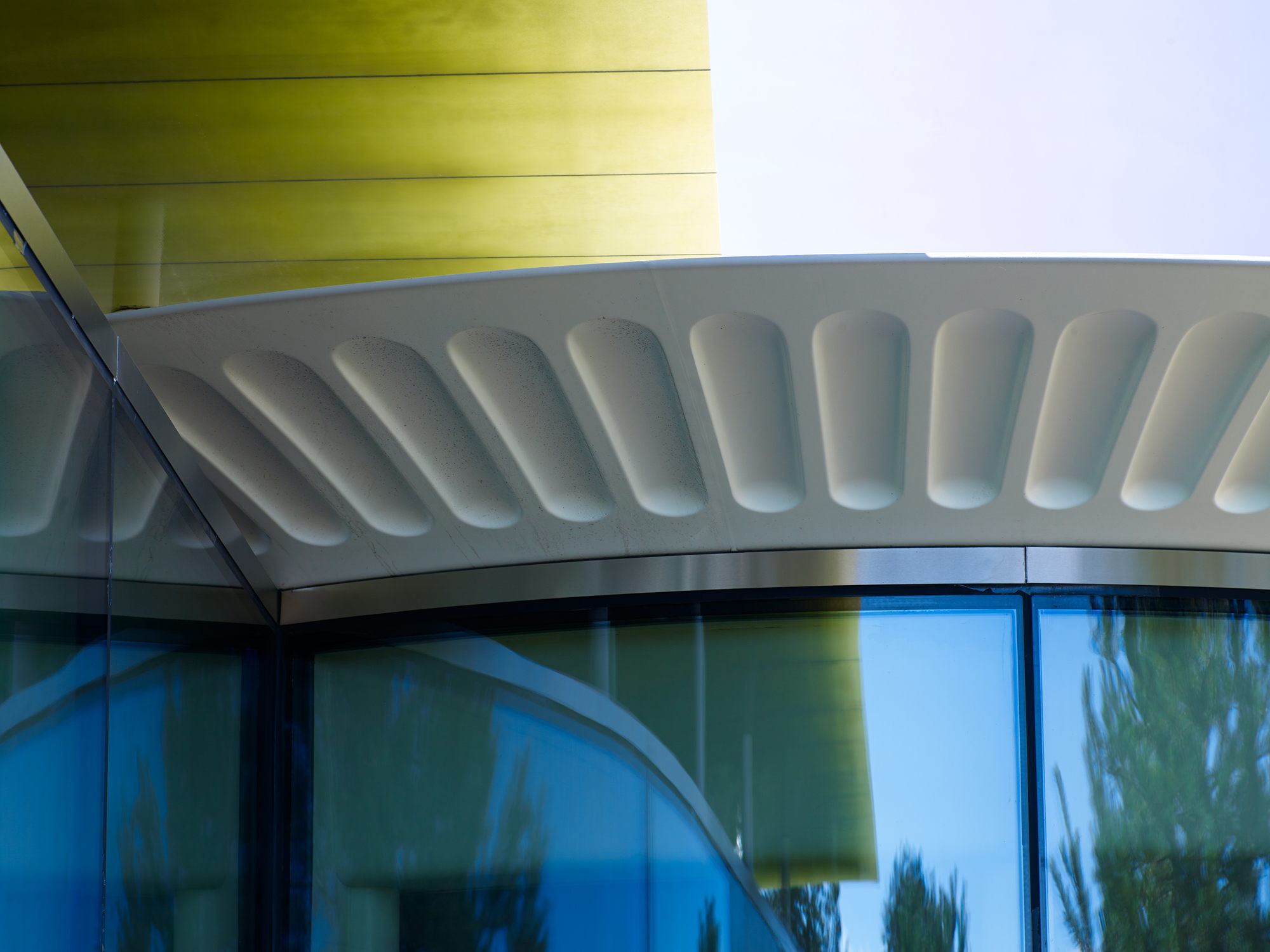-LOW_SRGB_JPEG.jpg)
5 September 2022 - High-end textile brand Kvadrat is shedding fresh light on the dynamic between architecture and art – a Gesamtkunstwerk – with the opening of The Triple Folly, a sculptural hospitality and conference venue at its HQ in Ebeltoft, Denmark.
The Triple Folly – a still life assembled on a hillock overlooking the sea – is three buildings and, at the same time, one building. It comprises a trio of volumes which each represent an item developed by Thomas Demand: a sheet of legal paper, a paper plate, and an American soda jerk’s hat. Equipped with these curiosities, he reached out to Caruso St. John architects with a compelling question, “Can you make this into architecture?”.
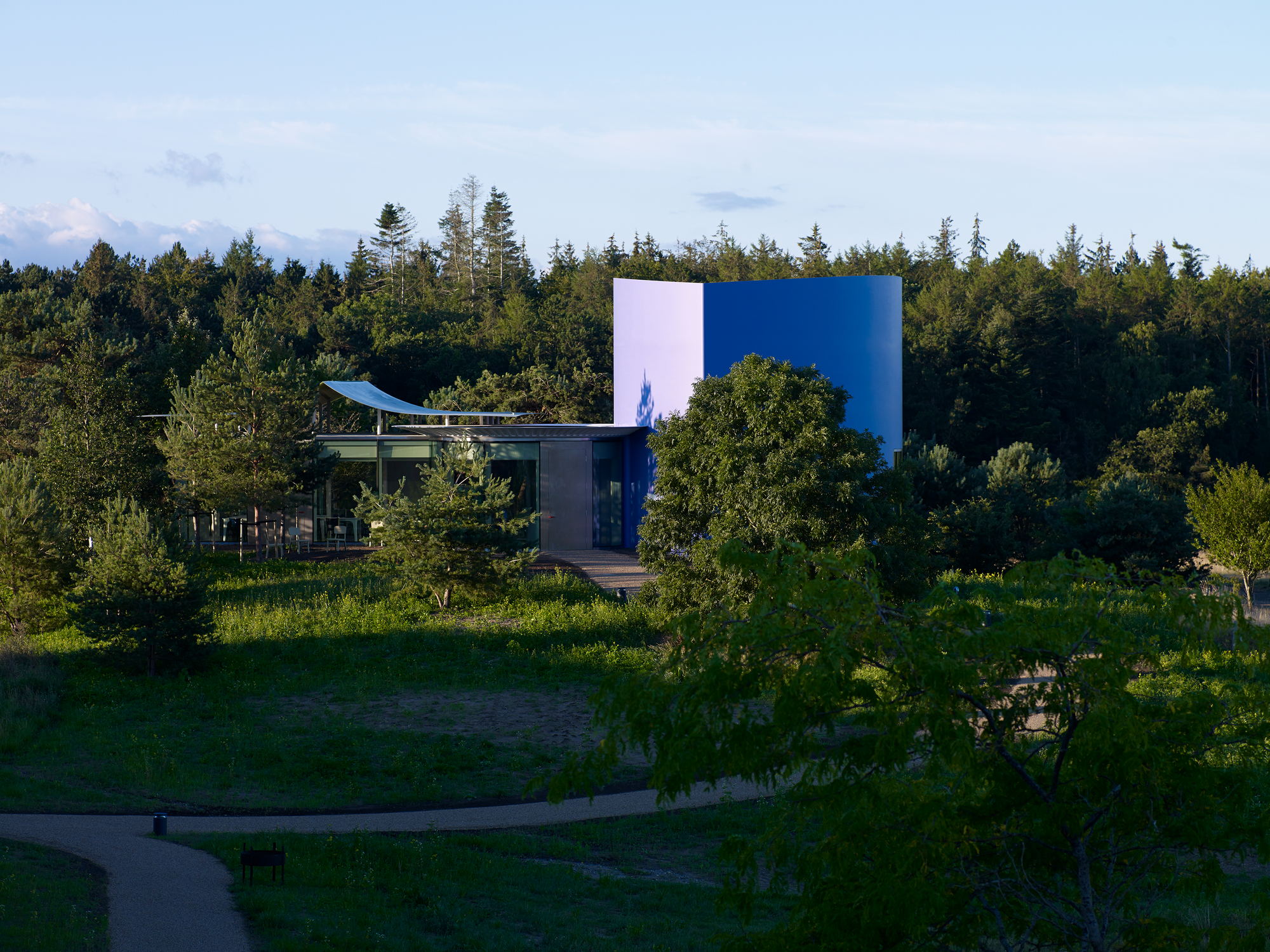-LOW_SRGB_JPEG.jpg)
A Gesamtkunstwerk is a ‘total artwork’ that unites different forms of art, design, and craft to create a cohesive whole in which various elements seamlessly complement each other. The Triple Folly embodies this harmonic approach: working closely together from the onset, Thomas Demand and Caruso St John architects co-developed the interior’s defining features, including surfaces, chairs, tables, lamps, and even the door handles.
The journey to the unveiling of The Triple Folly began when Anders Byriel, CEO of Kvadrat, invited Thomas Demand, one of the most acclaimed artists of his generation, to design a building at the company’s headquarters. The project represents the latest iteration of their celebrated long-term collaboration – and typifies the lasting, visionary relationships that are a cornerstone of the Kvadrat brand. Inside, visitors will encounter an expansive artwork crafted from suspended heavy wool threads Yes but by artist Rosemarie Trockel, which also works to elevate acoustic comfort. It was purchase in 2006 to be displayed at the HQ, and the ‘hat’ of The Triple Folly was made to fit the work seamlessly.
Kvadrat offers a constellation of pioneering textiles and textile-related products. Mindful of this, Thomas Demand initially gravitated towards the idea of tents, an archetypal textile structure. Embracing this source of inspiration led the artist to research the history of tents. This process revealed their multidimensional role in society – from setting the stage for happy family events to protecting refugees and even providing accommodation for rulers in wartime.
Over time, Thomas Demand’s initial idea morphed into the vision of a pavilion – a variety of tent traditionally used to welcome visitors to exhibitions and other events. His train of thought was informed by the fact that art projects are integral to the culture at Kvadrat. Reflecting this, The Triple Folly will add new art to the picturesque landscape around the HQ, which is already dotted with works from celebrated artists Olafur Eliasson and Roman Signer for locals and visitors to enjoy.
The three elements that inspire The Triple Folly sculptural volumes reference an essential material in the work of Thomas Demand: paper. Consequently, the architects have chosen materials and seamless surfaces that capture the character of paper while filling the buildings with light and shadow.
The ‘hat’, an elliptical volume made of welded fibreglass plate that rises from the coastal landscape, provides a living room area. The legal paper, which features a faded yellow-and-black-lined folded ‘paper sheet’ made from translucent fibreglass, offers a vibrant space for meetings. The paper plate, also in fibreglass, is a formed sheet held above a cylindrical volume by thin columns, integrates a kitchen and a dining area. Each volume has its own entrance, leaving it up to visitors to experience the dialogue between art and architecture as they see fit.
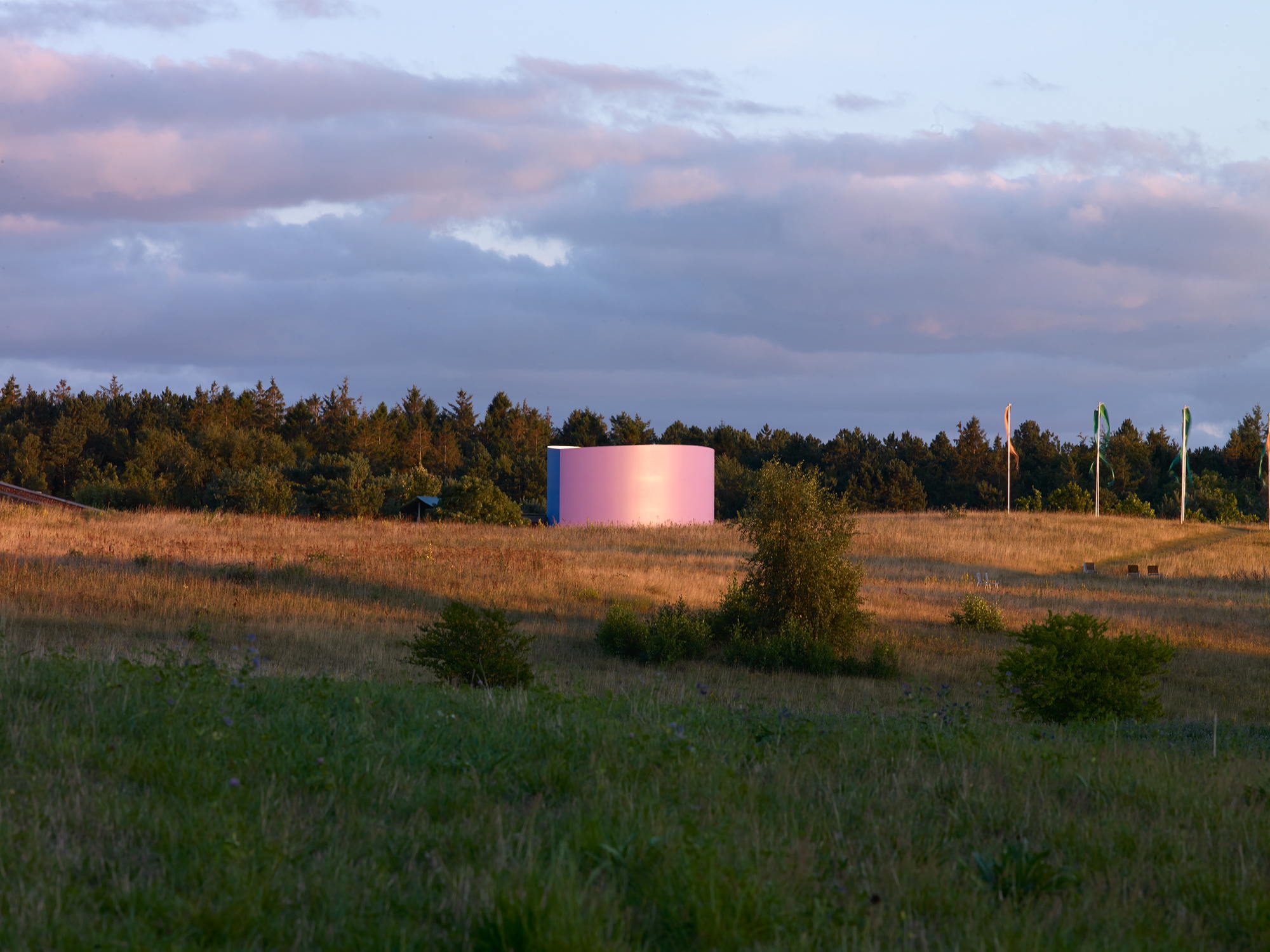-LOW_SRGB_JPEG.jpg)
About Thomas Demand
Thomas Demand is an internationally renowned artist and a long-term collaborator with Kvadrat. He has never created an actual building before working on the The Triple Folly. However, he has examined architecture’s role in exhibiting art through his earlier work.
Thomas Demand is no stranger to construction. He is known for building sculptures of cardboard or paper, taking a picture of the sculpture, and then destroying it. As the photo becomes the only piece left of this process, it becomes the single remaining physical object of the artwork. His sculptures are often motifs from our public and private lives that hold social meaning in some form, testifying to his strong conceptual mind. His engagement in the potency of social constructions explores the meaning we give events, objects, or the like as a society.
Thomas Demand is one of the most acclaimed artists of his generation and has worked together with Kvadrat for many years. Collaborations with the brand during this time include House of Cards, a retrospective of his work; Daily Flower Report, a calendar; Saal, a site-specific illusive installation and a further installation which gave the impression his artworks were floating on the walls of the Germany’s National galerie.
Numerous prestigious museums and collections host the works by Thomas Demand, including the Museum of Modern Art, New York, The Guggenheim Museum, New York, and the Tate Modern, London and Tate Gallery, London and the New National Gallery, Berlin.
About Caruso St John Architects
Caruso St John Architects was established by Adam Caruso and Peter St John in 1990. The practice has offices in London and Zurich and has built throughout Europe, undertaking projects that range in scale from major urban developments and cultural projects to intricate interventions in complex historic settings. Caruso St John won the RIBA Stirling Prize in 2016 for the Newport Street Gallery and represented Britain at the 2018 Venice Architecture Biennale.
About Rosemarie Trockel
Rosemarie Trockel is a German contemporary artist. She lives and works in Cologne, and teaches at the Kunstakademie Düsseldorf. Trockel is notable for her work as a conceptual artist and her explorations within the themes on contrasting ideas of feminism and cultural themes. Although remarkable inventive and prolific, her work has been described as difficult to associate to a particular style. She explores different themes by using an array of mediums and materials in her artwork. In 2006, Museum Ludwig in Cologne presented a retrospective of the works of Trockel, where part of the exhibition she created was an installation made from raw wool supplied by Kvadrat.
Other recent highlights include her exhibitions at Skarstedt Gallery, London (2017); Gladstone Gallery, Brussels (2016); Serpentine Gallery (2013); Museion, Bolzano (2013); New Museum, New York (2012); Documenta 13, Kassel (2012); and Kunsthalle Zurich, Germany (2010).
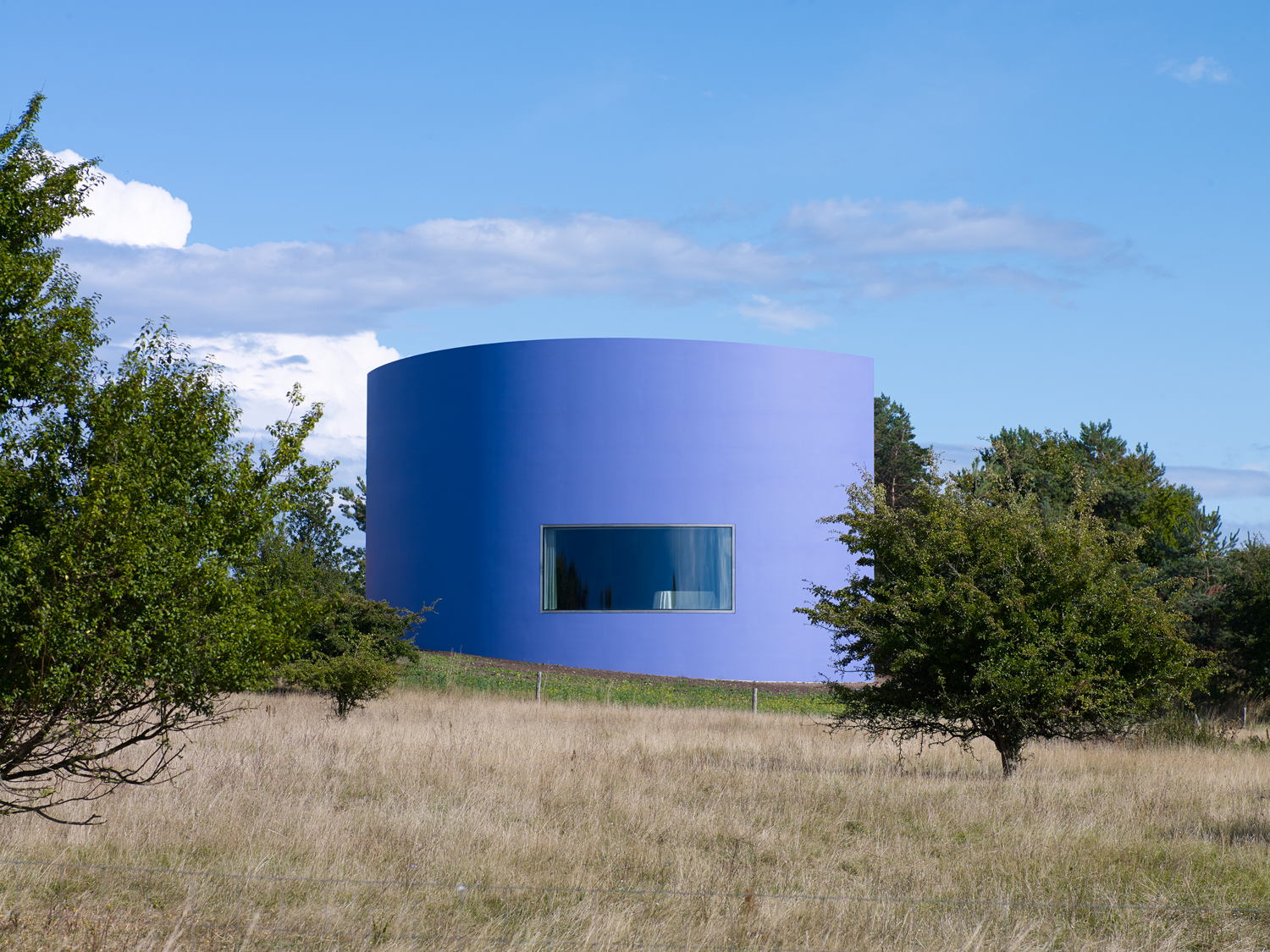-LOW_SRGB_JPEG.jpg)
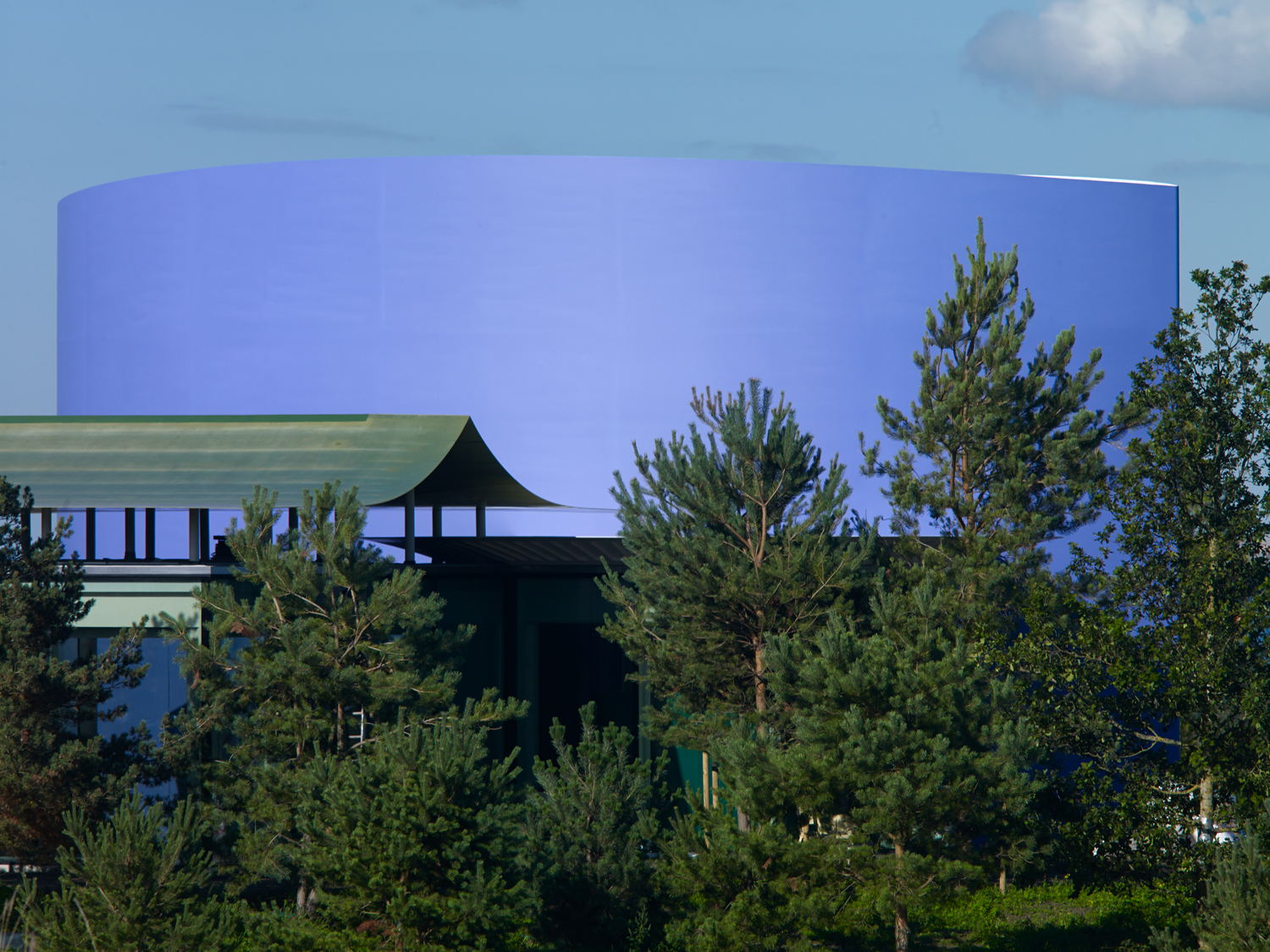-LOW_SRGB_JPEG.jpg)
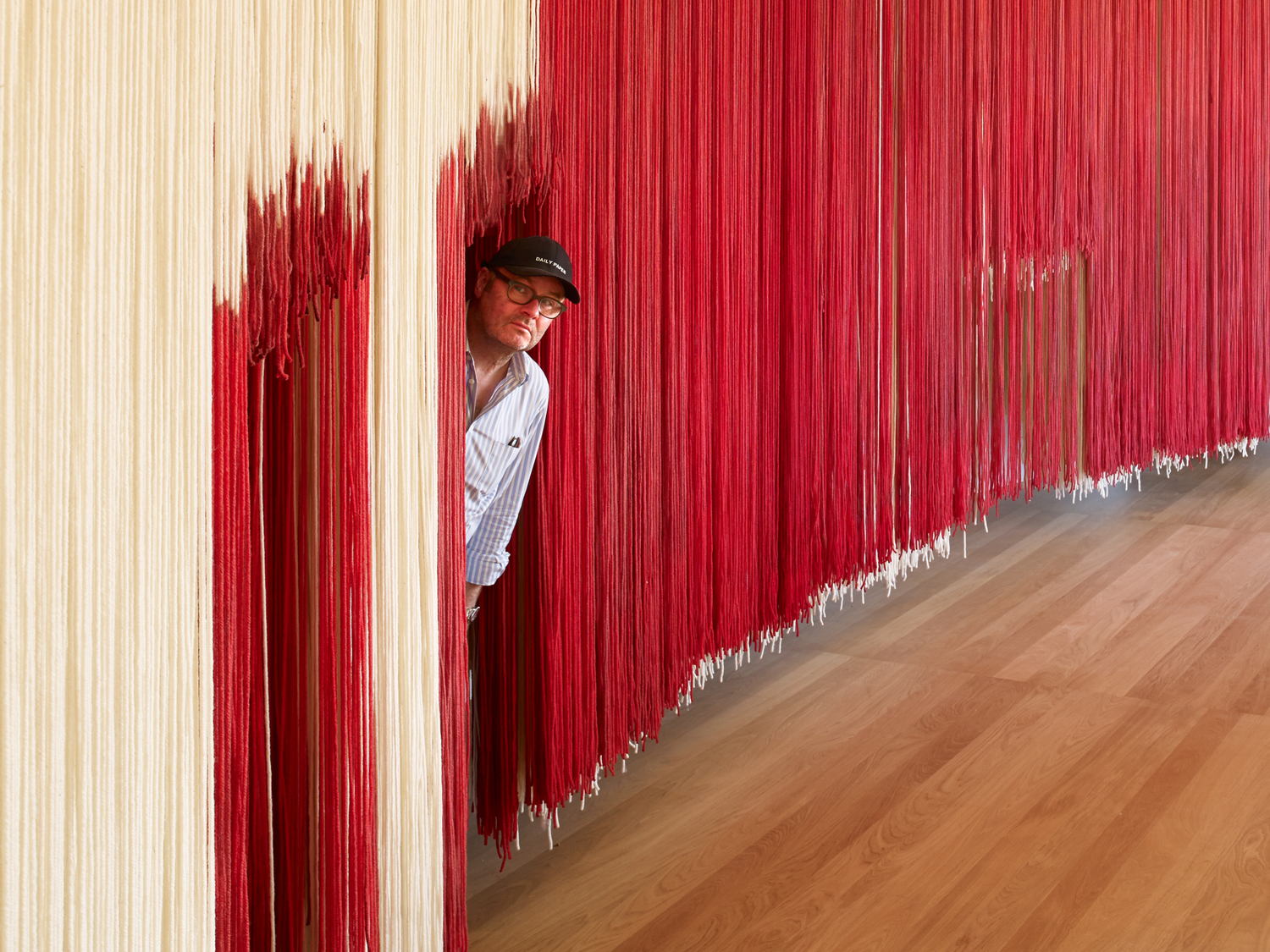-LOW_SRGB_JPEG.jpg)
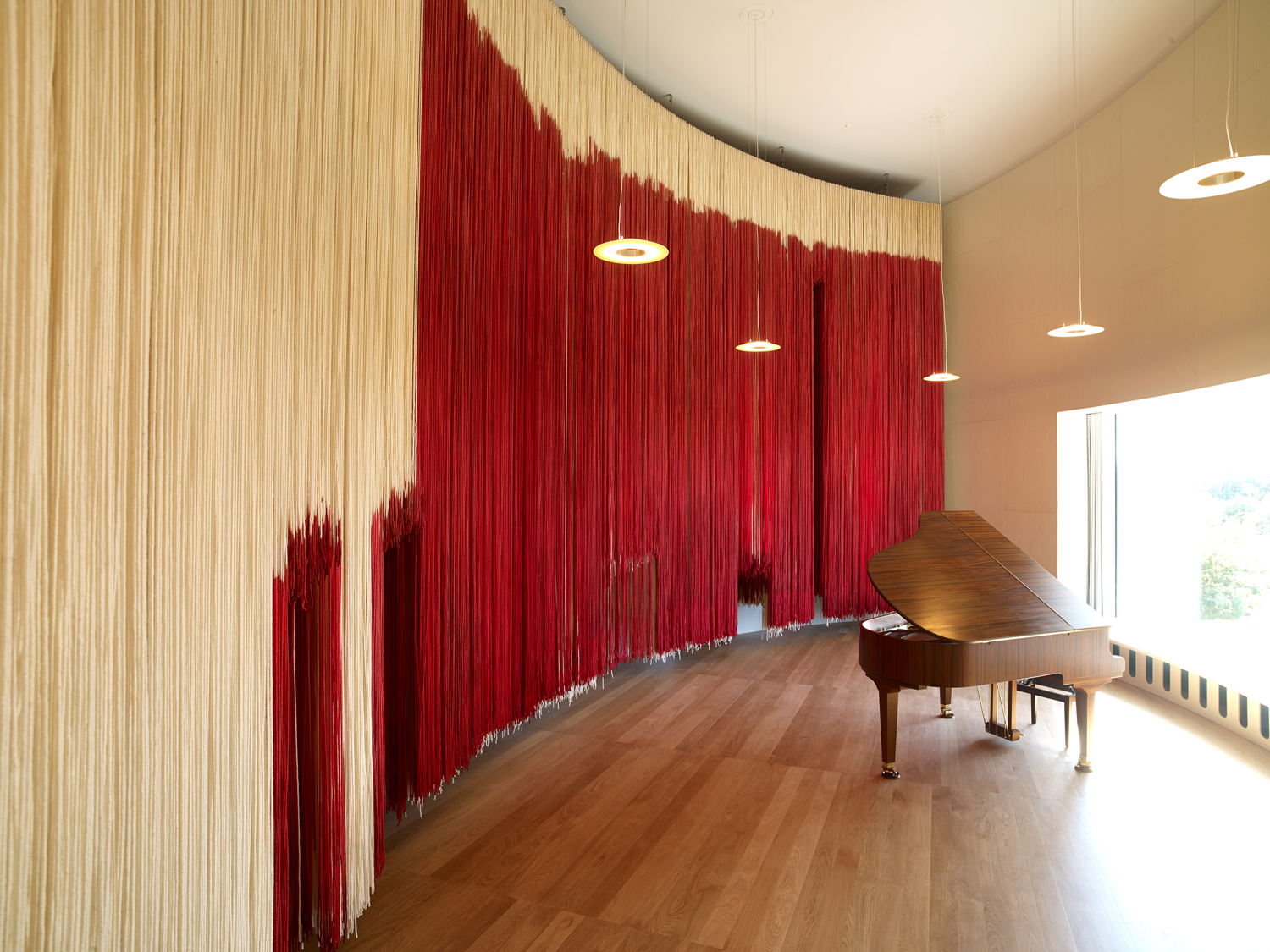-LOW_SRGB_JPEG.jpg)